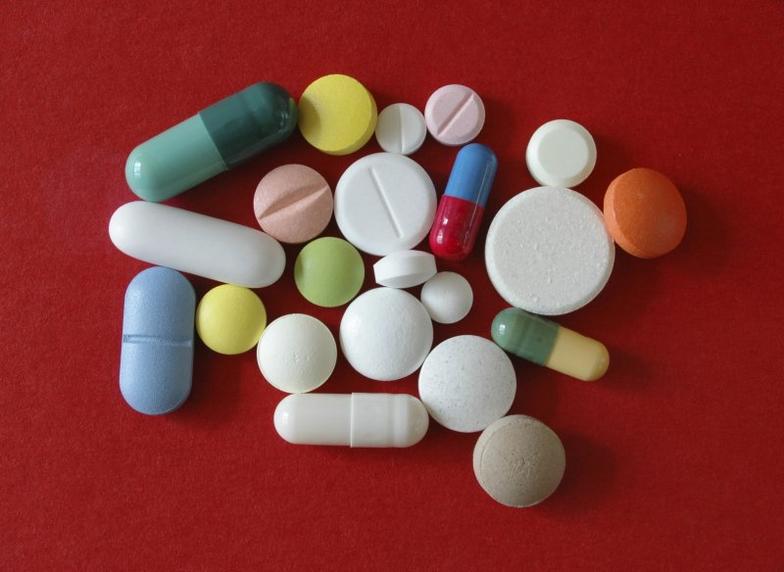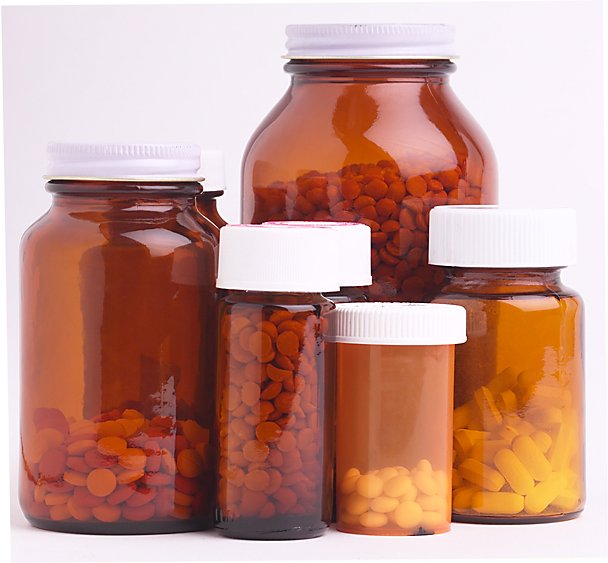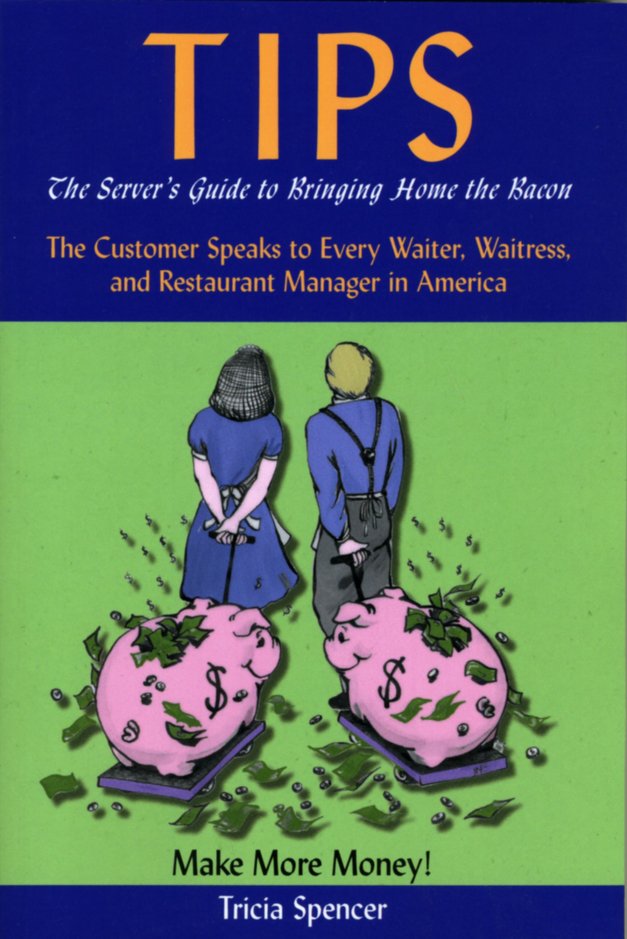Generic Drugs May Have Hidden Dangers
Generic Drugs Side Effects
Generic Dangers the FDA and Drug Companies Don't Talk About
Generic drugs save money, but at what cost to overall health? Are they effective? Yes. Are they identical to brand name drugs? No.
As stated at FDA.gov, "The FDA requires all generic drugs to have the same high quality, strength, purity and stability as brand-name drugs." But they make no such requirement of a generic drug's inactive ingredients.
There is little dispute that generic drugs utilize the same active ingredient as their brand-name counterparts or that you can expect a generic substitution to work within the human system in the same manner. But what is not expected is that the added FDA-approved fillers, dyes and agents can be whatever the drug company wishes to stuff into their generic drugs.
Prinivil is an ace inhibitor primarily used to treat high blood pressure and congestive heart failure. The active ingredient in Prinivil, which is manufactured by Merck & Co., Inc., is Lisinopril. Lisinopril is what the drug bottle would say if your doctor wrote a prescription for a generic version of Prinivil. Generic Lisinopril is made by multiple drug manufacturers, and you would receive your prescription from the manufacturer who cut the best financial deal with your pharmacy. As the example below shows, each manufacturer is permitted to add inactive ingredients at will.
Prinivil by Merck & Co., Inc. - Inactive Ingredients in a 20 mg dose:

calcium phosphate
Lisinopril by Mylan, Inc. - Inactive Ingredients in a 20 mg dose:
colloidal silicon dioxide
D&C Yellow No. 10 Aluminum Lake HT
In this comparison, the generic Lisinopril has nearly double the inactive ingredients as the brand-name Prinivil. Those additional ingredients may increase the risk for allergic response. Doctors and pharmacists rarely caution against potential adversities from inactive ingredients. The FDA requires no such labeling or warning. And yet people routinely have difficulty with a prescription without knowing why.
For example, sodium lauryl sulfate can cause adverse reaction in sensitive people. Sodium lauryl sulfate is a surfactant (soap) approved by the FDA for use in toothpastes, cosmetics, shampoos, lotions, ointments, creams, and drugs. It is a caustic detergent that can be used as an effective de-greaser. Its purported purpose in drugs is as a wetting and dispersing agent. But the question must be asked. If Merck's Prinivil is effective without this ingredient, why does Mylan's generic Lisinopril need it? The truth is that it does not need it, and with its inclusion, people sensitive to sodium lauryl sulfate may suffer avoidable difficulties. They may believe they cannot tolerate the drug when, in truth, it is not the drug but rather an inactive ingredient that is the culprit.
Adverse drug reactions can be reported to the FDA, but even as the problems with inactive ingredients grows, the FDA has taken the following position on their website:
Due to an overwhelming response, we are no longer accepting Inactive Ingredient related questions via [email protected]. We have been inundated with requests and do not have the resources to adequately respond to questions in a timely manner.
The inundation of requests can no doubt be laid at the feet of the drug companies who routinely use unnecessary, potentially adverse, ingredients in their generic products, with the blessing of the FDA.
The FDA, who is the last line of defense for the consumer, provides the following question and answer on their website regarding their Inactive Ingredients Database.
"3. What is the purpose of the Inactive Ingredients Database?"
"The Inactive Ingredients Database provides information on inactive ingredients present in FDA-approved drug products. This information can be used by industry as an aid in developing drug products."
As stated, the FDA's inactive ingredient database is an industry aid, not a consumer information guide. Finding information on inactive ingredients requires diligence and resourcefulness. Sometimes the only way to find out what inactive ingredients are present in a generic drug is to track down the manufacturer, who is often in a foreign country, and ask them directly. This information is not freely offered on many drug company websites, and asking for the information in writing may result in a denial.
The FD's definition of an inactive ingredient is:
According to 21 CFR 210.3(b)(8), an inactive ingredient is any component of a drug product other than the active ingredient.
Some inactive ingredients are necessary for the formation and utilization of any drug. But if a drug is effective with only five inactive ingredients, the need for nine makes little sense. The term inactive is misleading on its face. In the drug context it means that the ingredient does nothing to "affect the active ingredient." It does not mean that it does nothing to affect the patient.
A doctor who was interviewed for this article, but who requested anonymity, stated that he used to experience about 5% of his patients unable to take Lisinopril, but that over time that percentage has increased to about 30%. He was unaware of the many additional inactive ingredients the generic companies are utilizing and when told, he stated, "it makes sense now."
Some people will have no recognizable issues with any inactive ingredient, but others will experience side effects that cannot directly be related to the active ingredient in the drug. For a select percentage of the population these adverse reactions can be life threatening. Knowing every ingredient of every product used is the first step to understanding and avoiding adverse reactions.
Until the FDA and pharmaceutical companies choose to be responsive to the consumer with regards to unnecessary inactive ingredients, they may not be counted on to act with every consumer's best interest at heart. It is the consumer who must be diligent. Be your own advocate. Learn what inactive ingredients are included in the drug you need then learn what adverse reactions those ingredients have been known to cause. Not every generic is equal. If one will not work for you, another, by another manufacturer, may have fewer unwelcome ingredients and prove to be less harmful.
The "inactive" ingredients in generic drugs are not truly inactive in the human body. But you cannot rely on the drug company, the FDA, or even your own doctor, to tell you what you need to know. They simply won't do so unless you ask. Ask the questions. Learn the answers. And protect your own health.
Sources:
fda.gov
Merck & Co., Inc.
Mylan, Inc.
The Use of Generic Drugs Require
Due Diligence
The copyright of the article Generic Drugs Side Effects is owned by its author, Tricia Spencer.
Permission to republish any part of the article in print or online must be granted by the author in writing.
NOTE: Health information on this site is intended to broaden the discussions about health awareness and is offered for informational purposes only. It is not medical advice.
Timeless
Life and Living
with Tricia Spencer










